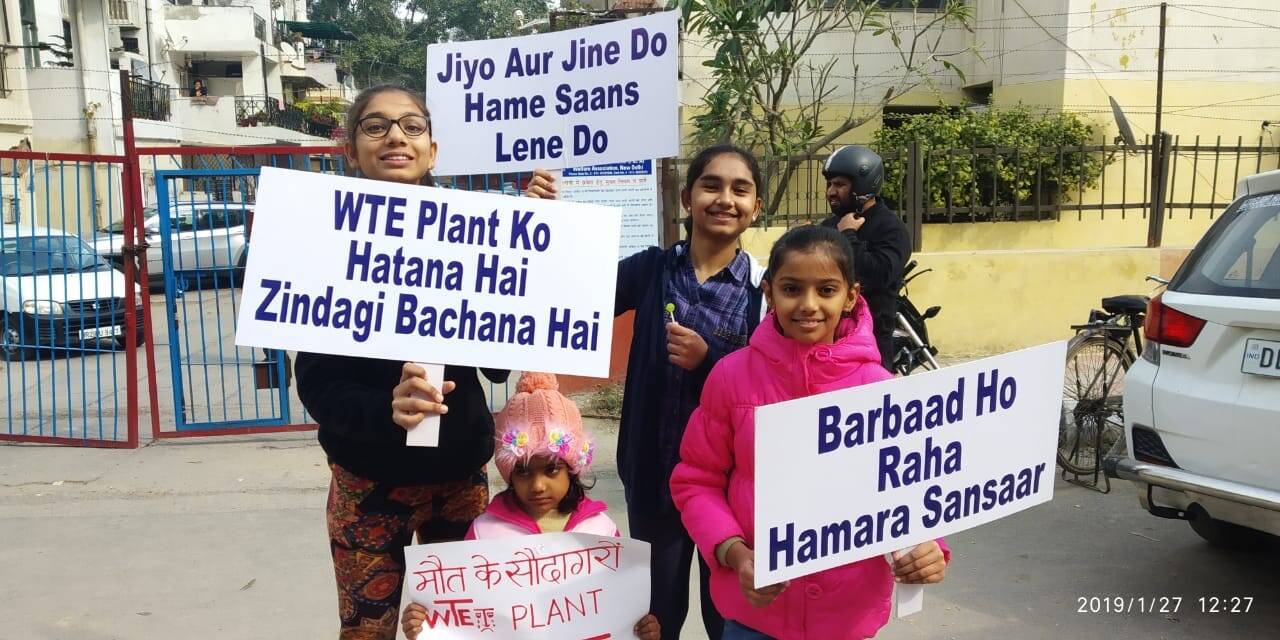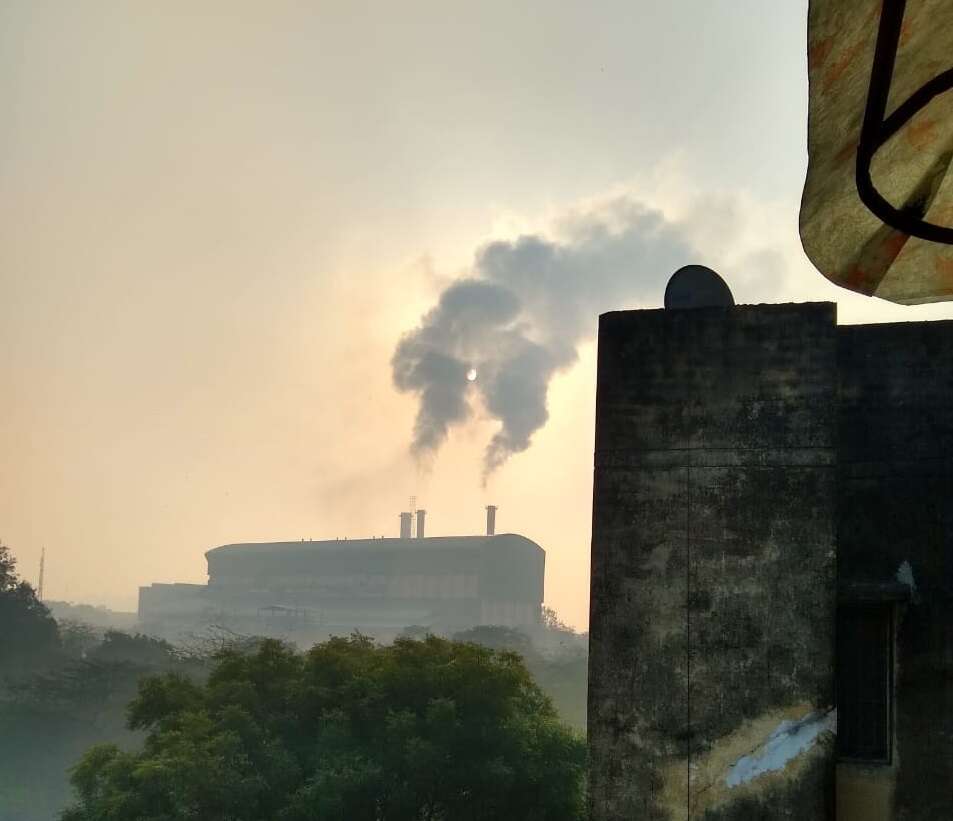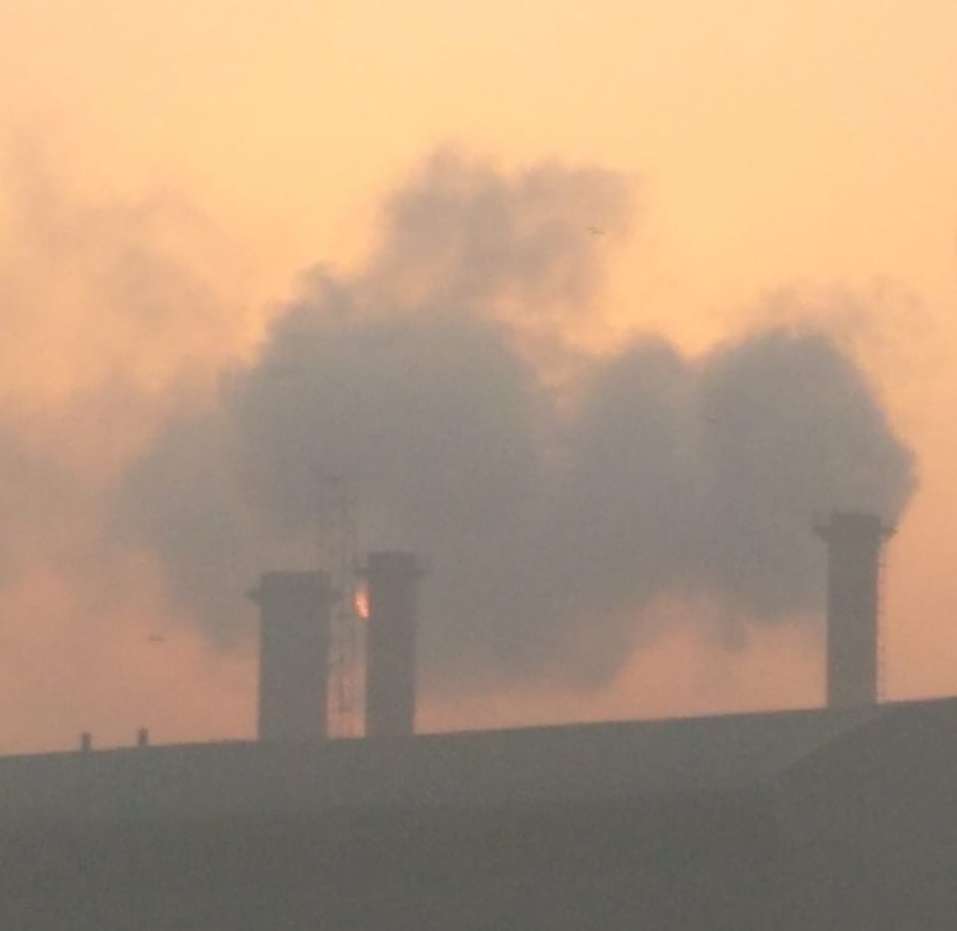
Waste-to-energy: Why a Rs 10,000 crore industry is facing issues

Around 92 plants with aggregate capacity of around 250 MW have been set up in the country for electricity generation from urban, agricultural and industrial waste
New Delhi: What could be the potential for energy generation from waste in India? It is a whopping 5,600 Mw – almost enough to meet the entire power demand of Delhi — if the country could put all of its industrial and urban organic waste to use. And yet, the renewable energy technology is facing speed bumps.
WTE plants, which convert non-biodegradable waste, have faced widespread criticism. The Okhla WTE plant in Delhi has faced continuous protest for polluting the environment. In 2016, the National Green Tribunal had slapped an environmental compensation fine of Rs 25 lakh on the plant.
The most recent case is of a 5-megawatt (MW) plant in Bengaluru being opposed by activists on grounds of health and sustainability risks.
Is all well with WTE?
Around 92 plants with aggregate capacity of around 250 MW have been set up in the country for electricity generation from urban, agricultural and industrial waste. On an average, 100 tonnes per day of municipal solid waste (MSW) is required to generate 1 MW of power.
According to the Associated Chambers of Commerce and Industry’s report “Value of Waste 2015”, investors valued WTE in India at almost $1.5 billion, around Rs 11,0000 crore, in 2017 and expected it to grow to about $11.7 billion by 2052.
Power and renewable energy minister R K Singh said in a written reply in Parliament earlier this year: “The compositional characteristics of waste in India are very distinct compared to those in developed countries. Waste generated in the country has more organic components, more moisture content and low calorific value compared to waste generated in developed countries, which has direct influence on efficiency of electricity generation.”
A recent World Bank report states that in low-income countries over 90 per cent of solid waste is often disposed in unregulated dumps or openly burned. “Poorly managed waste serves as a breeding ground for disease vectors, contributes to global climate change through methane generation, and can even promote urban violence,” the bank said.

In Bengaluru, activists are flagging health risks arising from the huge amount of bottom ash being generated by these plants. But,there are no comprehensive studies on the health impacts of WTE plants in India, according to Swati Singh Sambyal, programme manager, environmental governance (waste management) at CSE.
“Data on international plants is also scanty. According to a World Health Organization Europe report on WTE, information on the presence of hazardous agents in the vicinity of an incinerator is not easily translated into useful exposure measures. Their overall impact, however, on the general environment and human health through indirect mechanisms of action has not yet been evaluated,” she said.
However, the ‘2016 World Energy Council’ report on WTE stated that air emissions were associated with incineration facilities — metals (mercury, lead and cadmium), organics (dioxins and furans), acid gases (sulphur dioxide and hydrogen chloride), particulates (dust and grit), nitrogen oxides and carbon monoxide.
“Effective waste management is expensive, often comprising 20 per cent to 50 per cent of municipal budgets. Operating this essential municipal service requires integrated systems that are efficient, sustainable, and socially supported,” World Bank said in a separate report.
Another argument is that of sustainability — a WTE plant is opposed to the basic idea of waste management, some believe. Where there are WTE plants, there is no segregation and one will burn waste in its mixed form resulting in an increase in the amount of waste, they argue.
CSE’s Sambyal also says that the municipal solid waste (MSW) in India has low calorific value and high moisture content. “As most wastes sent to the WTE plants are unsegregated, they also have high inert content. These wastes are just not suitable for burning in these plants. To burn them, additional fuel is required which makes these plants expensive to run. This has been the main reason why WTE plants in Kanpur, Bengaluru, Hyderabad, Lucknow, Vijayawada, Karimnagar, etc, had to be closed down,” she said.
Of the 55 million tonnes of MSW generated every year, only about 15 per cent can be classified as non-biodegradable, non-recyclable, high-calorific-value waste. This translates into about 30,000 tonne per day (TPD) of waste, which can be fed to the WTE plant. The total waste treatment capacity for 48 existing, under-construction and proposed WTE plants is over 37,000 TPD.
Another concern is of feasibility. Some activists argue that WTE plants do not get many buyers for the power they generate due to cheaper alternatives being available and high maintenance costs.
“The tariff rates for these projects are very high at more than Rs 6-7 per unit (generic tariff determined by few State Electricity Regulatory Commissions and the tariff discovered through bidding in Andhra Pradesh was Rs 6.2 to Rs 7.5 per unit in 2017). This is because of a high capital cost, high O&M expenses, low calorific value of the fuel used and the additional fuel used to burn the waste,” said Sabyasachi Majumdar, senior vice-president, ICRA.
According to Sambyal, despite enjoying many subsidies these plants are very expensive.
“The Ministry of New and Renewable Energy offers financial incentives by way of interest subsidy in order to reduce the rate of interest to 7.5 per cent. In addition, financial incentive is provided to urban local bodies, for supplying the garbage free of cost at the project site and providing land on a long-term lease of 30 years and above, at a nominal rent,” she said.

There are incentives for preparing the techno-economic feasibility reports and for promotion, coordination and monitoring of projects. There is also concessional custom duty on imported parts. All put together, these subsidies or incentives take care of about 40 per cent of the project cost.
Yet, the cost of electricity produced from these plants are the most expensive. Compared to Rs 3-4 per kilowatt hour (kWh) from coal and solar plants, WTE plants sell electricity at about Rs 7 per kWh. “Hence, discoms are not interested to buy such expensive electricity when cheaper ones are available. In fact, if these subsidies are removed, the electricity produced from these plants will simply not be affordable,” Sambyal said.
The last reason is the environmental and health impacts. Questions have been raised on the ability of these plants to meet the environmental norms. The reason seems to be highly variable and poor quality of wastes that these plants are not able to burn properly.
Because these plants have to handle a vast quantity of mixed waste, the housekeeping is extremely challenging leading to a lot of odour and visual pollution. Also, they have to reject about 30 per cent to 40 per cent of waste into landfills because they are either inert or too poor in quality to be combustible.
“On the environmental clearance, according to reports, WTE projects with a capacity of less than 15 MW do not require prior environmental clearance. Such cases, therefore, may not require public hearing,” said Majumdar.
Alternatives to WTE plants
Managing waste is important as landfills emit by-products which, if left untreated, can leak into the soil resulting in contamination of water sources, plants and food. There are many methods and treatment processes for managing waste effectively such as biogas plants, compost pits, combustion, landfill, recycling, gasification.
The global tide

According to a World Bank report, with rapid population growth and urbanisation, annual waste generation is expected to increase by 70 per cent from 2016 levels to 3.40 billion tonnes in 2050.
The Swedish Waste Management Association and Swedish EPA data showed that 4,783,000 tonnes of household waste was managed in Sweden in 2017, which equals 473 kilos per person per year and 50 per cent of the household waste was turned into energy.
So, why are WTE plants struggling to survive in India while they are doing reasonably well in developed countries like Germany and Sweden? In fact, Sweden takes waste from other European countries to burn them in its WTE plants.
“In the Indian context, the challenge is with respect to non-segregation of waste, which impacts the power generation by the plant and leads to pollutants. Moreover, the leftover burnt material is not suitable for brick making, which then has to be disposed off in landfills,” said Sabyasachi Majumdar.
The CSE says the fundamental reason is the quality and composition of waste.
“The WTE plants in Germany and Sweden receive largely segregated, high calorific value wastes that is easy to manage. They have also installed highly sophisticated systems to further segregate the waste so that a consistent quality of waste is fed to the plant. The result is that these plants are run well and are profitable. They not only supply electricity but also hot water to the municipalities and earn extra revenue,” Sambyal said.
According to The Confederation of European Waste-to-Energy Plants (CEWEP), WTE is a hygienic method of treating waste, reducing its volume by about 90 per cent. The EU waste hierarchy puts prevention, reuse and recycling first, followed by recovery and disposal. Efficient WTE plants belong to the recovery category as they reduce the need for landfilling, the least desirable option due to environmental impacts.
Waste-to-Energy does not compete with recycling – it goes hand in hand with and supports high quality recycling. Most countries with very high recycling rates – such as Austria, Belgium, Germany and the Netherlands – also have high rates of WTE as a sink for pollutants and thereby have reduced landfill to almost zero, according to CEWEP.
“The lesson for us is that we should not copy something mindlessly. But this doesn’t mean that there is no case for WTE plant in India,” said Sambyal, adding that there is clearly a case of having WTE plant but it is not for burning mixed waste. “The Solid Waste Management Rules, 2016, has clearly spelled-out that only segregated non-recyclable high-calorific fractions like used rubber tyre, multi-layer plastics, discarded textile and paper etc. are sent to WTE plants,” she said.
As a country grows, so does its waste. There is clearly a need for different technologies to manage waste sustainably. But the choice of technology — whether waste will be burned or recycled or composted — depends on the quality of waste.
According to Sambyal, past experience clearly indicate that WTE cannot be the first choice to manage MSW in India. They can at best be the option for a fraction of the waste that cannot be managed by other technologies.












